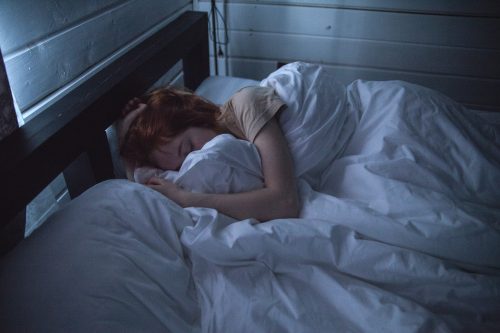
Weighted blankets have created quite a hype lately. They are basically blankets with evenly distributed weights, and they create a sense of protection for individuals or children with anxiety, sleep disorder, and even autism spectrum disorder. Weighted blankets for autism help to relax and minimize the number of times people toss and turn, to improve their sleep quality to some extent. But to what extent? Keep reading to know!
Benefits of a Weighted Blanket for Autism
There’s no doubt that putting pressure on your body helps you immediately relax and feel better. For instance, a pressure massage makes you feel calmer than a simple rub against your skin.
Individuals with autism also tend to experience anxiety. Therefore, a weighted blanket for anxiety works to alleviate a few symptoms of autism as well. The pressure triggers the nervous system, which in return lowers the heart rate and breathing and allows an individual to sleep calmly. It may also allow your brain to release serotonin to keep you in a good mood and enjoy an undisrupted sleep.
Also, the weight of the blanket causes a sensory effect which produces a soothing effect to make the individuals with autism feel secure and protected.
Do Weighted Blankets Really Work?
According to a study, the anxiety in adults was eased by 60% when using a 30-pound weighted blanket. It allowed them to feel relaxed. Whereas in children, their sleeping time didn’t change much but the quality of their sleep increased drastically and the autistic children liked sleeping with a weighted blanket more than the ordinary ones.
In a nutshell, if your child likes to sleep with a weighted blanket as it helps them sleep better, then there’s no reason why you shouldn’t allow them to use it. Just be careful to use it correctly.
How to Use Weighted Blankets the Right Way?
If weighted blankets are not used correctly, they can pose some serious risks. It’s also essential that children under the age of two years old shouldn’t be allowed to use weighted blankets, as it may elevate the risk of suffocation.
A weighted blanket isn’t also suitable for individuals with sleep apnea, asthma, and claustrophobia as it may disrupt their peaceful sleep.
However, a weighted blanket used with sufficient care won’t pose any risks. A good initial guideline is that a blanket should weigh between 15 to 20% of the body weight. You can start with the lower weight limit and go higher gradually. For instance, if your child’s weight is 45 lbs, it’s safe to have a weighted blanket that weighs between 7 and 9 lbs. Your child’s preference is important as well. If they don’t like wearing one, don’t force them to do so.
What to Consider Before Buying a Weighted Blanket?
Although it’s all about your personal choice, you should consider the weight of the blanket as mentioned above and whether the texture is comfortable enough, as you don’t want to sweat and feel trapped during the nighttime. It’s also vital to take into account the washing instructions to assess if it’s convenient for you to launder at home.
Interesting Related Article: “Ways to Improve Your Home for Your Child with Autism“

